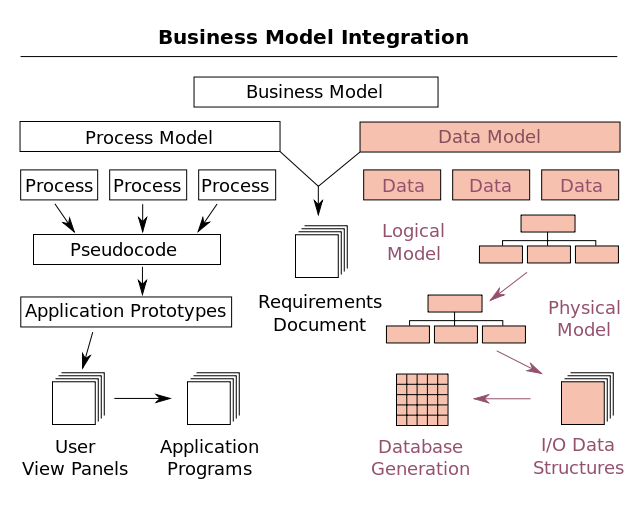Understanding the building blocks of your organisation

There are three different types of data models produced while progressing from requirements to the actual database to be used for the information system. The data requirements are initially recorded as a conceptual data model which is essentially a set of technology independent specifications about the data and is used to discuss initial requirements with the business stakeholders. The conceptual model is then translated into a logical data model, which documents structures of the data that can be implemented in databases. Implementation of one conceptual data model may require multiple logical data models. The last step in data modeling is transforming the logical data model to a physical data model that organizes the data into tables, and accounts for access, performance and storage details. Data modeling defines not just data elements, but also their structures and the relationships between them
